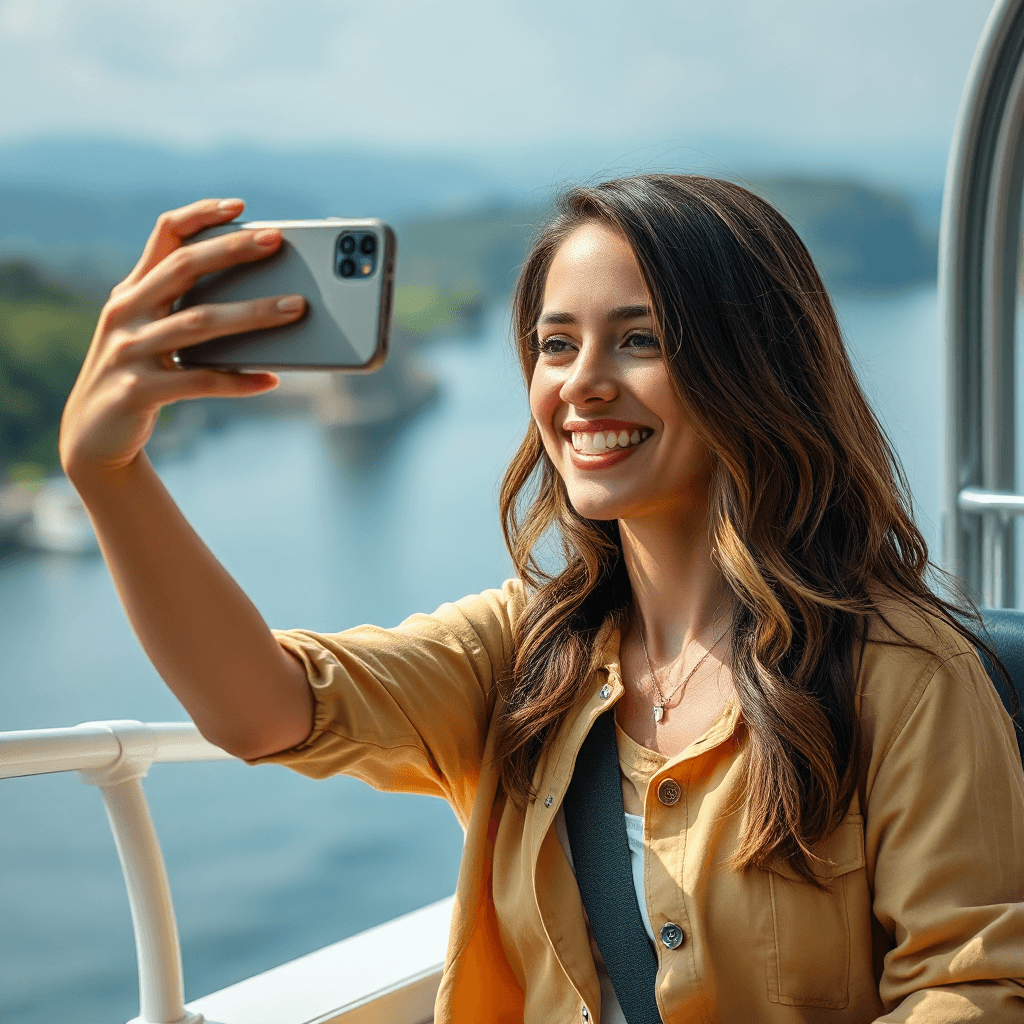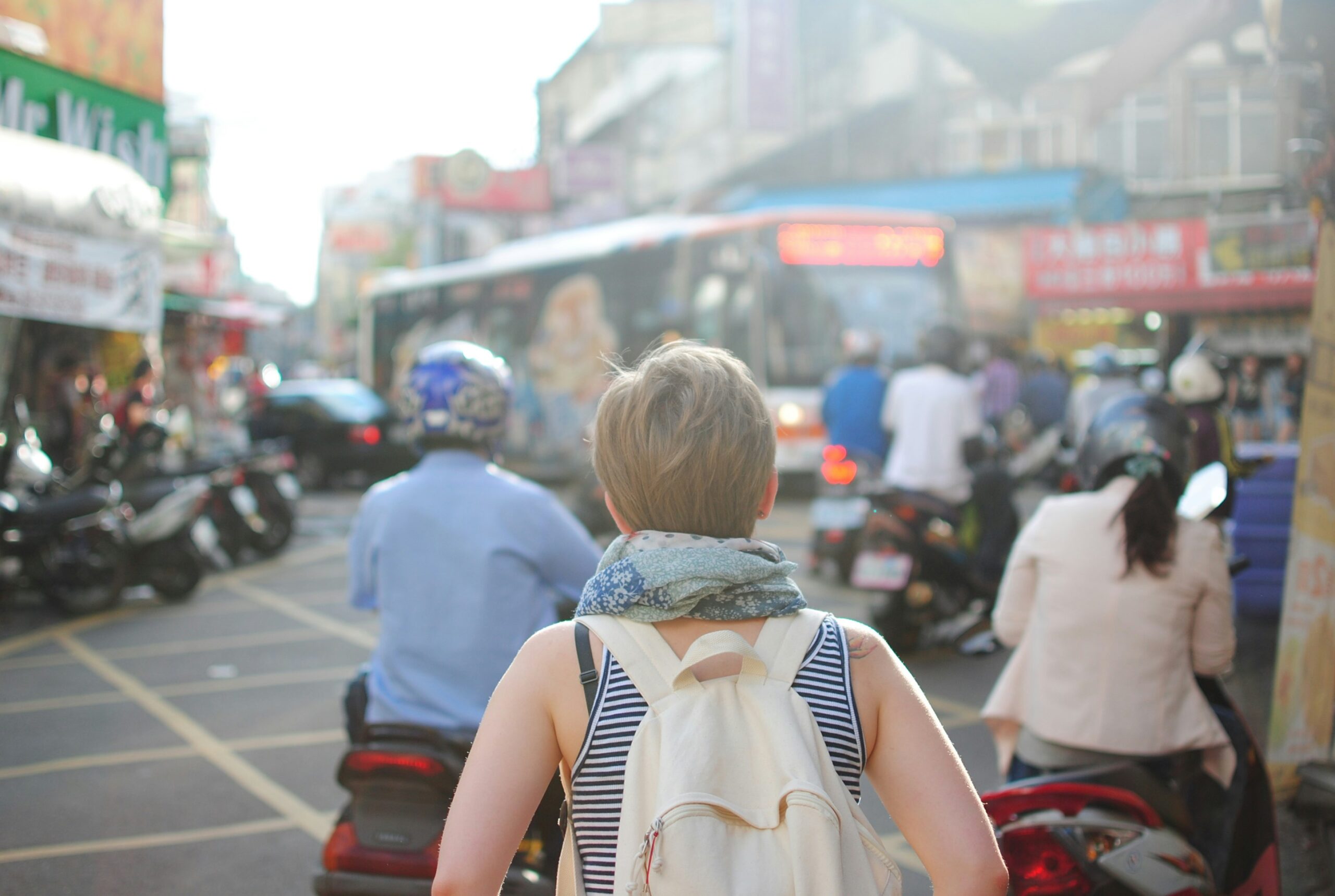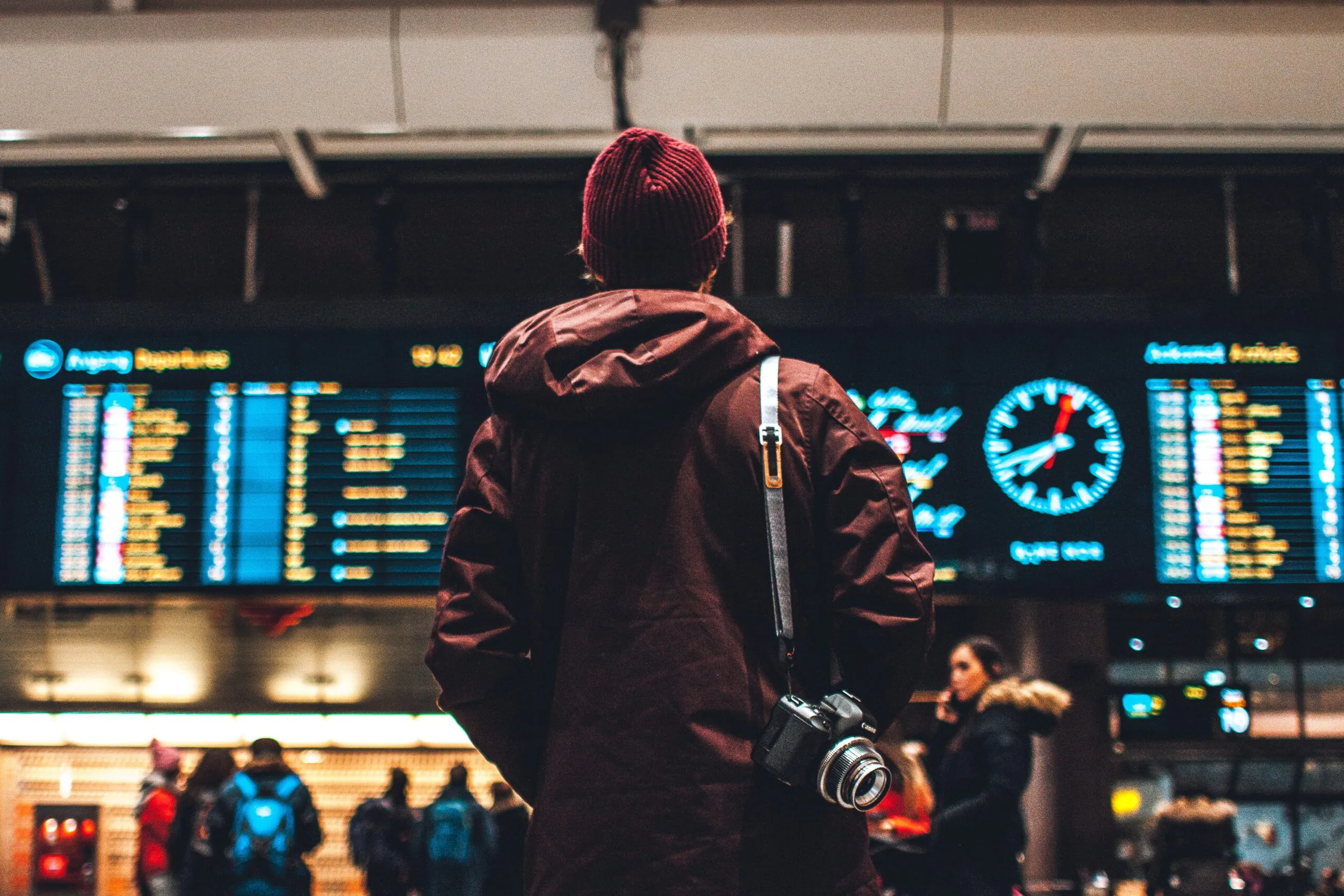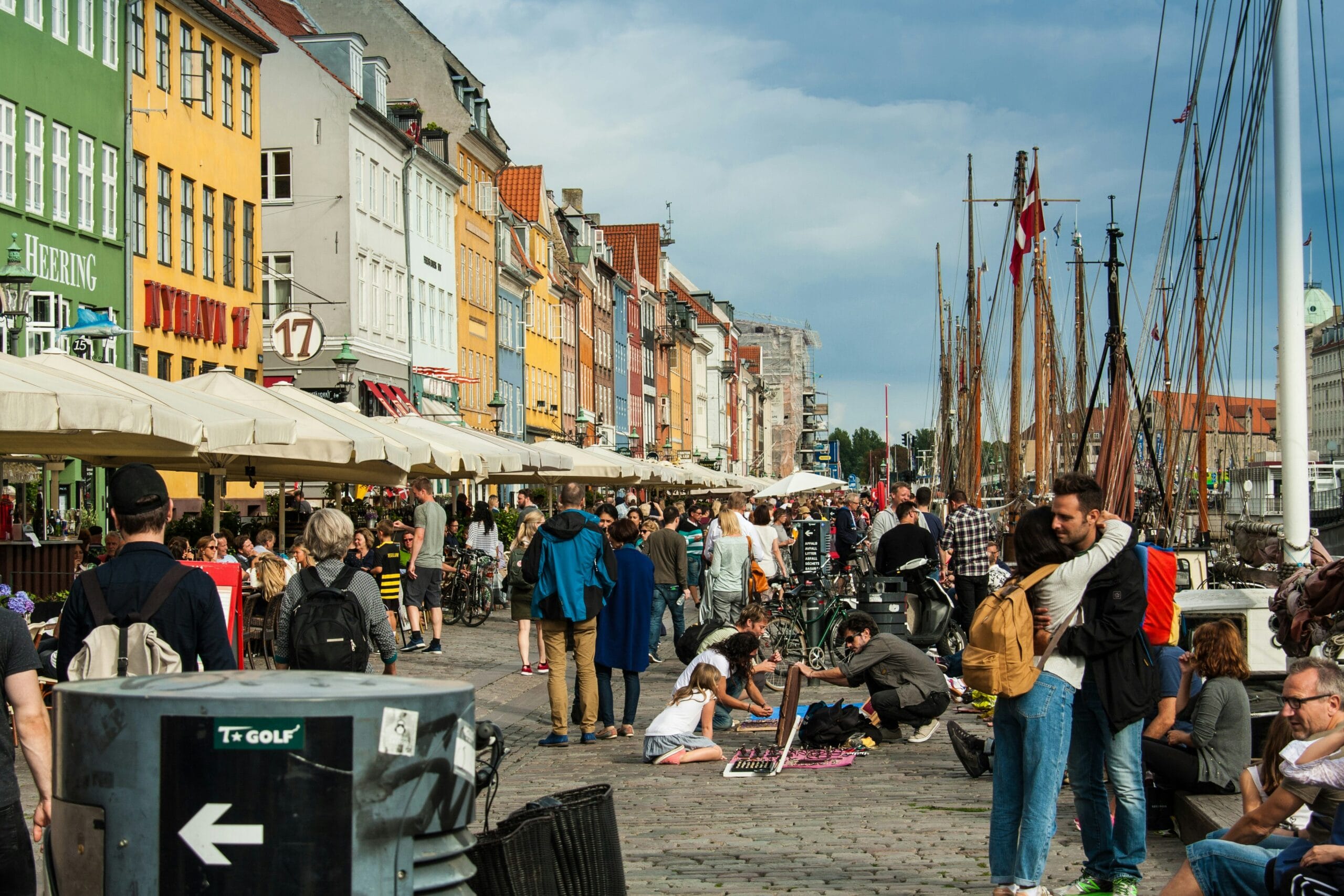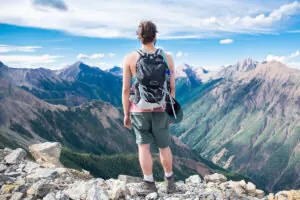The Power of User-Generated Content and Micro-Influencers in Shaping Travel Decisions
User-generated content in tourism is transforming how we explore the world. No longer are glossy travel brochures or polished destination websites the primary source of travel inspiration. Instead, real photos, stories, and videos from everyday travelers and micro-influencers are shaping the way we choose our next adventure. This shift has brought an unprecedented level of authenticity and relatability to the tourism industry—but it also raises complex questions about sustainability, community impact, and the role of digital nomads in this ecosystem.
In this post, we’ll explore the multifaceted role of user-generated content (UGC) and micro-influencers in tourism, how their influence is being harnessed by the industry, and the potential risks associated with unfiltered content going viral. We’ll also look at how digital nomads, as content creators and consumers, can responsibly navigate and benefit from this trend.
Why User-Generated Content in Tourism Matters
User-generated content in tourism refers to any form of content—photos, videos, reviews, blogs, or social posts—created by travelers rather than tourism boards or commercial entities. The rise of platforms like Instagram, YouTube, and TikTok has made it incredibly easy for people to share their travel experiences instantly with a global audience.
The Authenticity Factor
Unlike professional marketing campaigns, UGC offers a raw and unfiltered look at destinations. A photo of a traveler enjoying a sunrise hike in the Dolomites or a reel of a backpacker’s food tour in Vietnam resonates on a personal level. According to a 2023 Statista report, 79% of consumers say UGC highly impacts their purchase decisions, and that includes where they choose to travel.
This content is often seen as more trustworthy than ads. Sites like TripAdvisor thrive on this model, with millions relying on user reviews and traveler photos to assess hotels, restaurants, and experiences.
The Micro-Influencer Effect
Micro-influencers, defined as social media personalities with 1,000 to 100,000 followers, hold a special place in the travel ecosystem. They often enjoy higher engagement rates than mega-influencers due to their niche audiences and closer community ties. When a micro-influencer posts about a hidden beach in Albania or a boutique hotel in Mexico City, it can spark a ripple effect of interest and bookings.
One standout example is the rise in popularity of the Faroe Islands. Initially under the radar, the islands saw a spike in tourism thanks to posts by European travel micro-influencers who showcased the archipelago’s untouched landscapes and unique experiences. This exposure led to government initiatives like “Closed for Maintenance, Open for Voluntourism,” designed to manage the influx responsibly.
The Double-Edged Sword of Viral Destinations
While UGC and influencer content can boost local economies and promote underrepresented destinations, they can also contribute to over-tourism and environmental degradation.
The Instagram Effect
Locations like Bali’s Lempuyang Temple (a.k.a. the “Gates of Heaven”) or Iceland’s Fjaðrárgljúfur canyon saw dramatic increases in tourist numbers after going viral on social media. The issue? These places were not always equipped to handle the sudden surge.
Unregulated influxes can strain local infrastructure, hike up living costs, and erode cultural integrity. In some cases, destinations have had to implement strict controls or even temporarily close to tourists.
Misrepresentation and Unrealistic Expectations
Another downside is the unrealistic portrayal of places. Photo-editing, staged moments, or curated captions can set false expectations, leaving travelers disappointed and locals frustrated. Moreover, viral content might ignore local customs or sacredness, leading to disrespectful behavior.
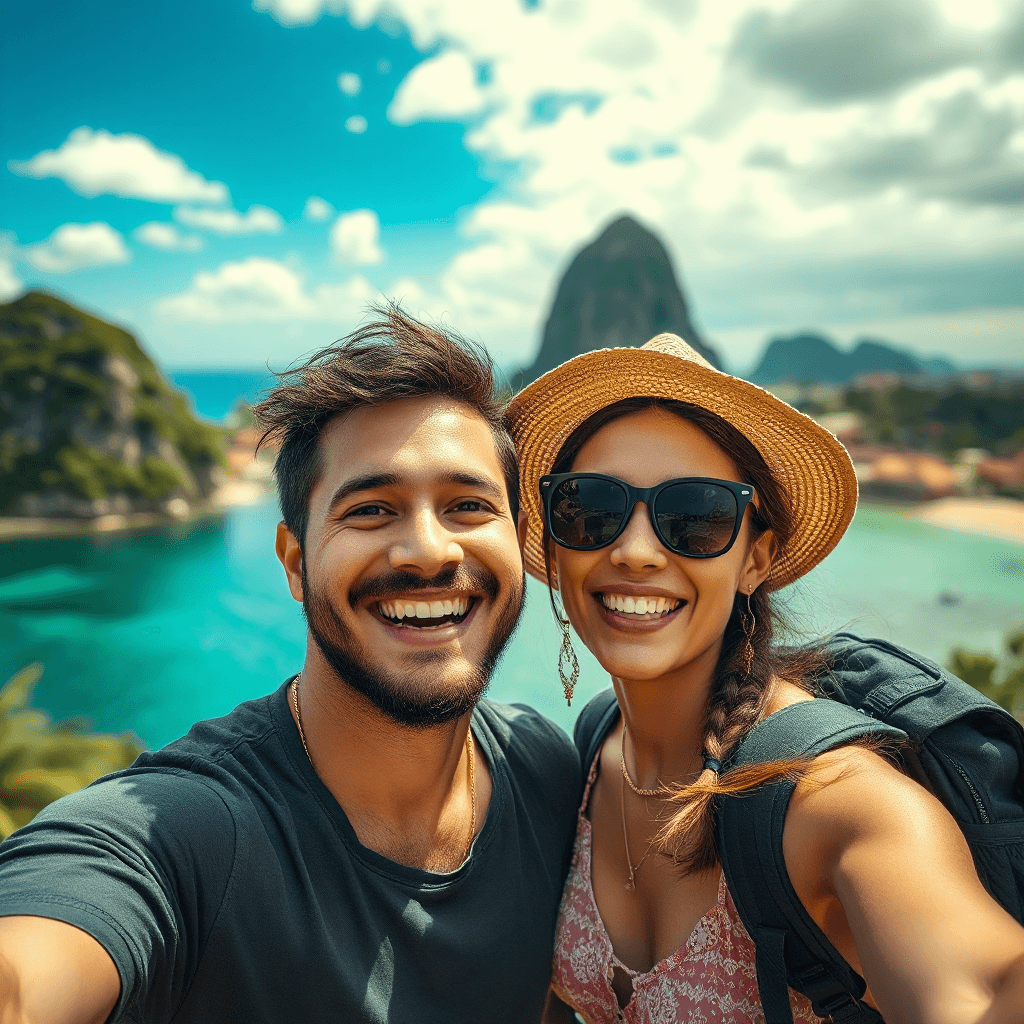
The Role of Digital Nomads as UGC Creators
Digital nomads are not just passive consumers of travel content—they’re prolific creators. Blogging, vlogging, and posting on social platforms are often integral to their lifestyle and income. As such, digital nomads have a unique opportunity and responsibility when it comes to shaping how destinations are perceived and experienced.
Opportunity for Impact
Many digital nomads embed themselves into local communities longer than the average tourist, offering a richer, more nuanced perspective. This allows them to produce content that highlights authentic experiences—from community-led eco-tours to ethical co-working spaces. Their reach can be a powerful force for promoting sustainable and regenerative tourism models.
For instance, creators like Eva Zu Beck or The Remote Life have showcased lesser-known destinations while emphasizing responsible travel practices.
Related Post: Cultural Etiquette Around the World: Do’s and Don’ts When Traveling Abroad
Navigating the Risks of Exposure
However, nomads must also consider the risks of overexposure. A single viral post can transform a peaceful town into a tourist magnet overnight. It’s essential to balance storytelling with discretion, especially when it involves fragile ecosystems or marginalized communities.
Moreover, being constantly online can raise privacy and safety concerns. Sharing real-time locations or personal routines might compromise security. Using delayed posting strategies and anonymizing specific details can help mitigate these risks.
How the Industry is Leveraging UGC and Influencers
Tourism boards, hospitality brands, and booking platforms are increasingly integrating UGC into their marketing strategies. Campaigns now often include calls-to-action for guests to share their experiences using specific hashtags, with the best content featured on official channels.
Successful Case Studies
- Airbnb: The platform’s “Live There” campaign featured real stories and homes shared by users, emphasizing local immersion.
- VisitScotland: Their #ScotSpirit campaign was largely fueled by user-submitted photos and videos, leading to a significant increase in site engagement and bookings.
- Destination Canada: Encourages local influencers and travelers to post authentic experiences under the #ExploreCanada hashtag, building a library of real-time promotional content.
Tech Tools Supporting UGC Integration
Tools like Crowdriff and Stackla help brands source, curate, and publish user-generated visuals across multiple platforms, boosting engagement while lowering content production costs.
Striking the Balance: Tips for Responsible UGC Creation
Whether you’re a casual traveler or a seasoned digital nomad, creating responsible content starts with awareness and intention. Here are a few tips:
- Do your research: Understand the local customs, sensitivities, and environmental policies before posting.
- Ask for permission: When photographing or filming people, always request consent.
- Tag mindfully: Avoid geotagging fragile or sacred locations that might not withstand heavy tourism.
- Support local voices: Collaborate with local creators and promote their work alongside yours.
- Be transparent: If you’re being hosted or sponsored, disclose this clearly to maintain trust.
Looking Ahead: The Future of Travel is Community-Driven
As the travel landscape continues to evolve, it’s clear that community-driven narratives will shape our journeys more than ever before. Micro-influencers and user-generated content in tourism are not just trends—they’re defining forces that can make or break destinations.
Digital nomads, with their mobility, tech-savviness, and storytelling skills, sit at the heart of this transformation. By choosing to create consciously and engage ethically, they can amplify voices that matter, promote sustainable models, and ensure that travel remains a force for good.
